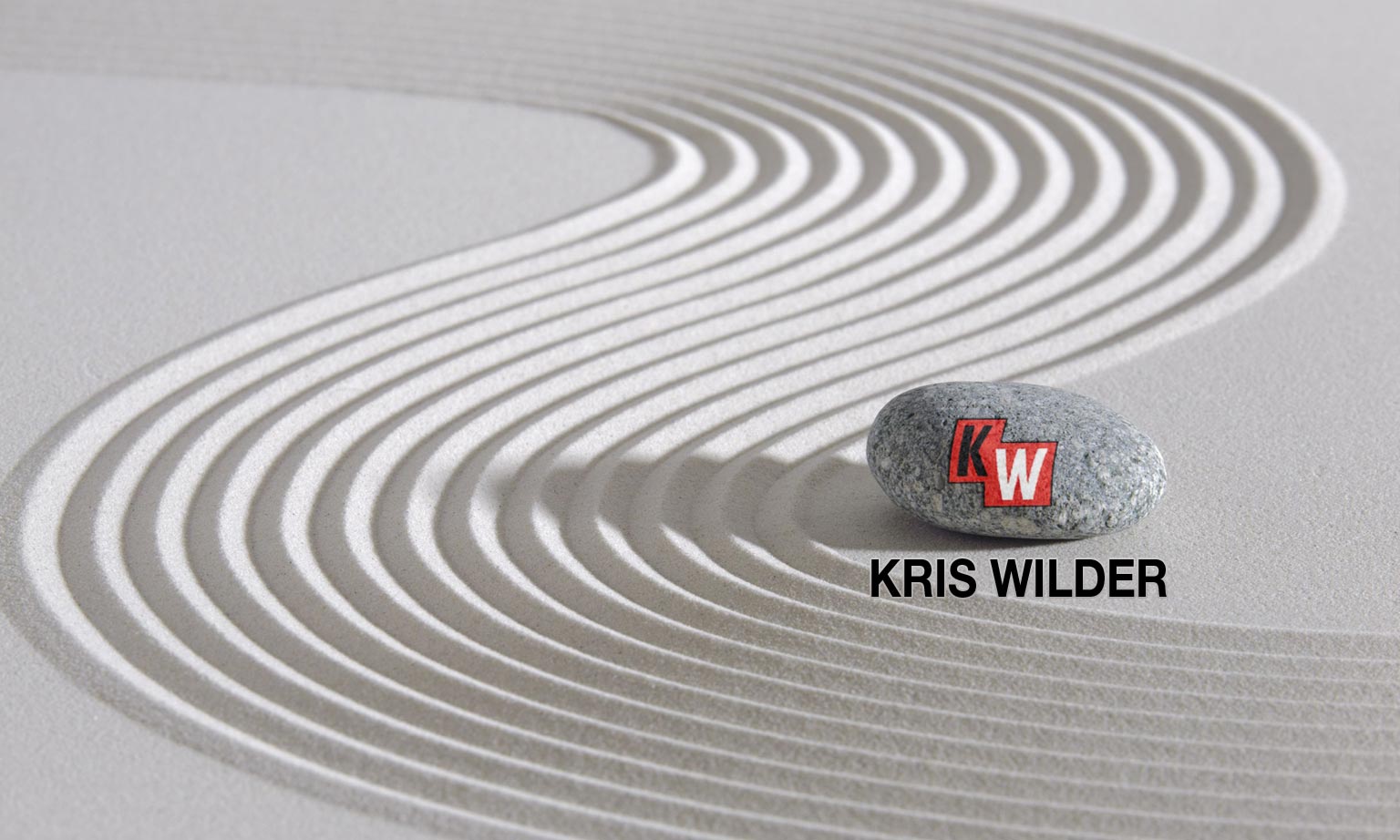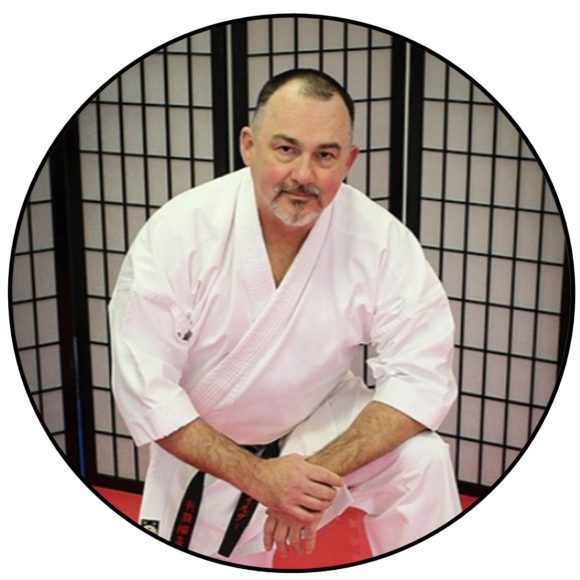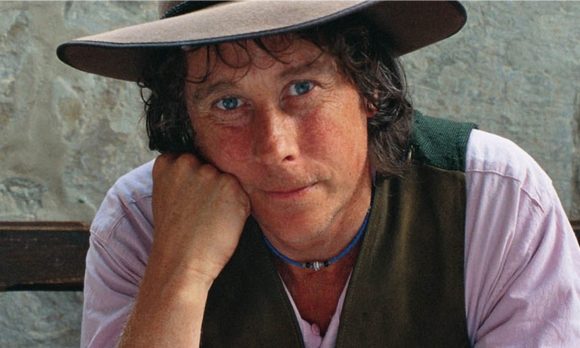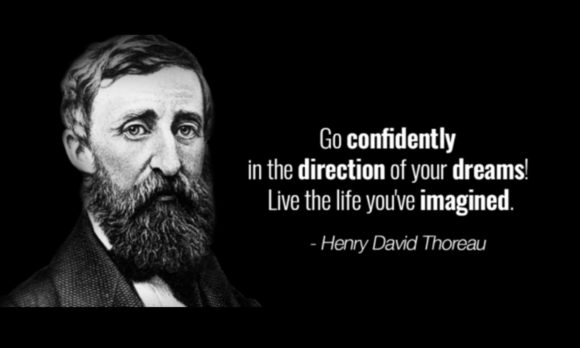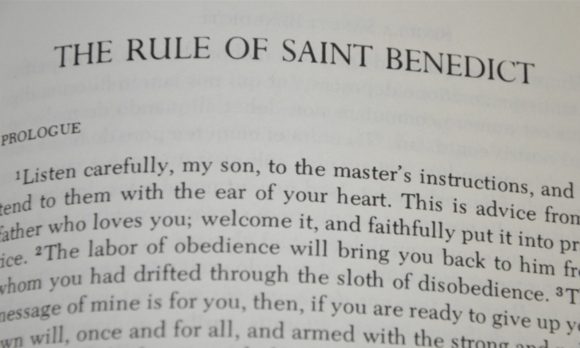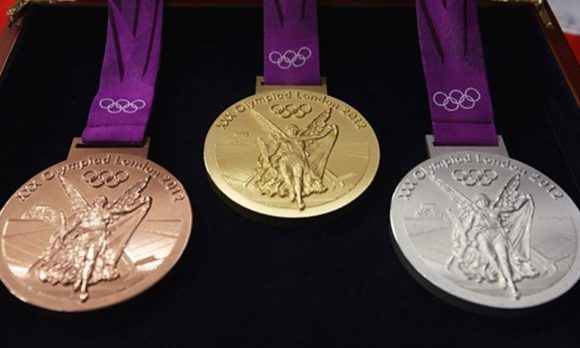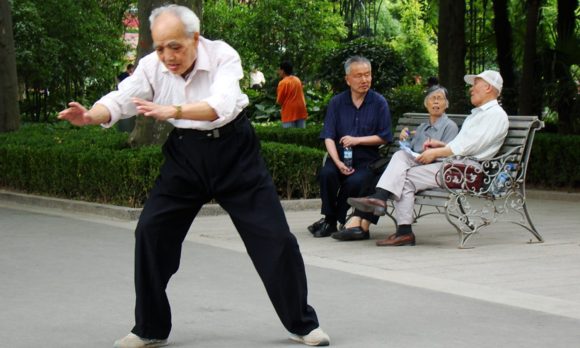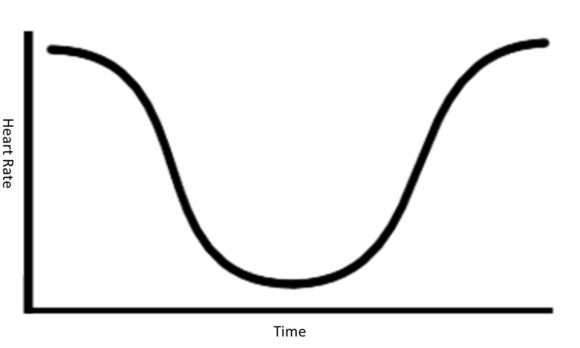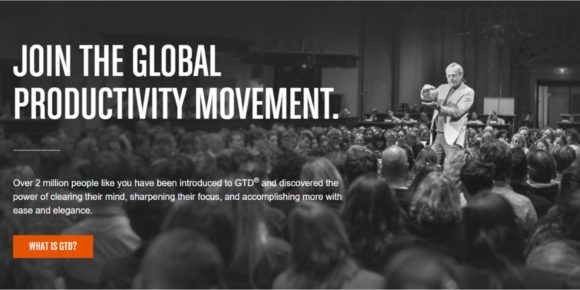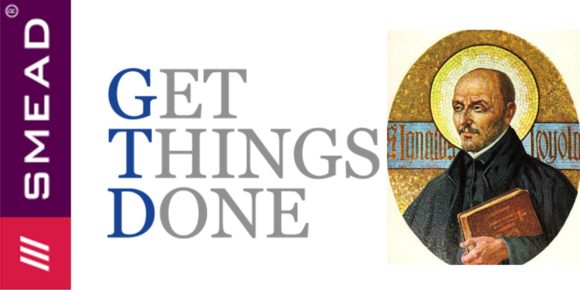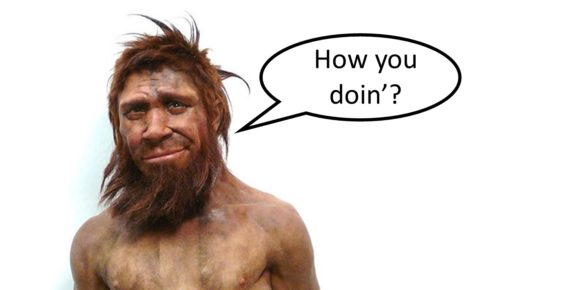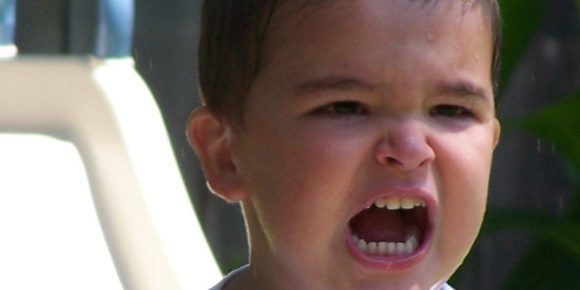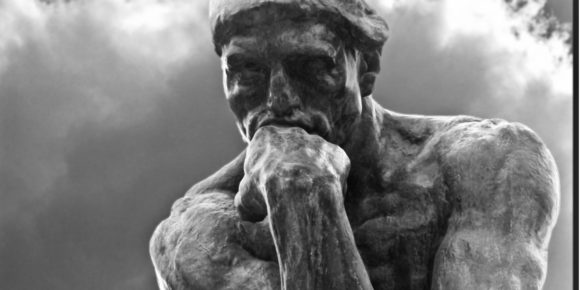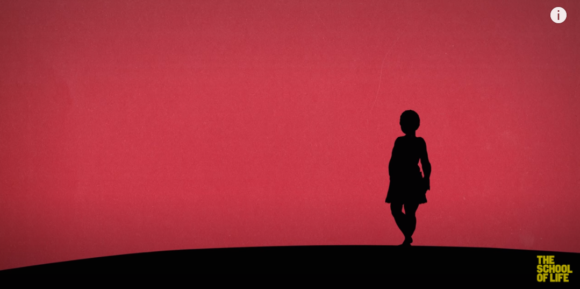
It’s in the doing for a better life. That is a phrase that is common and thrown about with ease. But there’s also a deeper aspect to doing. That is making the effort about the steering of one’s life.
A person not only needs to seize their life and their direction but make a concerted effort in the direction of their goal.
People need to make an effort to steer their life towards a virtuous target. A person can set their life towards a non-virtuous goal. In their pursuit of a non-virtuous goal, they may well succeed.
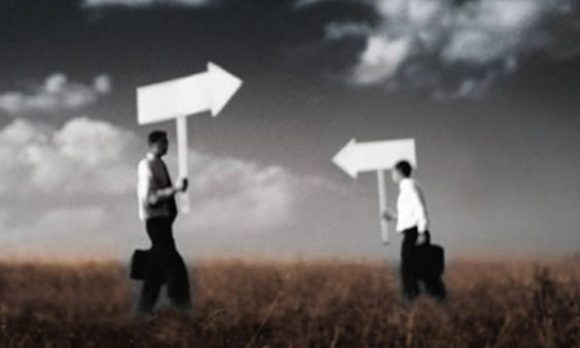
To the reader, this likely sounds hollow.
People who undertake martial arts training are seekers, and the path is internal. The martial arts may appear to be an external act and that is part of it, but it goes further.
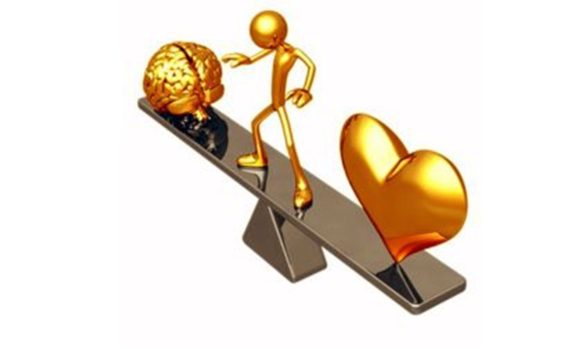
Once the mind and heart are linked focusing on a goal the world begins to snap into place. Call that sensation clarity. A martial artist sets about ordering their lives from the inside outward. They make this movement by adopting a curriculum that is tested and has gotten results over time.
There is also the mentorship that takes place. The advanced practitioners reaching back to aid those on the climb and the newest of students reaching upward. This is how the select organize themselves. They find a system, adopt the process, and vest themselves in the process. Like a strong river current, mentorship runs through the entire experience.
Legions of practitioners are living examples of a better life built around a virtuous goal. The quotes regarding the martial arts as a means of self-improvement and self-understanding are numerous. Here are three examples of these ideas in quote form.
3 Martial Arts Journey Quotes
“The warrior learns of the spiritual realm by dwelling on the cutting edge of the sword, standing at the edge of the fire pit, venturing right up to the edge of starvation if necessary. Vibrant and intense living is the warrior’s form of worship.”
― Stephen K. Hayes
“The most difficult part of traditional taekwondo is not learning the first kick or punch. It is not struggling to remember the motions of a poomsae or becoming acquainted with Korean culture.
Rather, it is taking the first step across the threshold of the dojang door. This is where roads diverge, where choices are made that will resonate throughout a lifetime.”
― Doug Cook, Taekwondo: A Path to Excellence
“I can show you the path but I cannot walk it for you.”
― Master Iain Armstrong , Get Your Health Back FAST With Chinese Chi Kung.
The Goal of Self-Improvement
When people on the path of self-betterment, in this case using martial arts as a tool, order their world a wonderful thing happens. These people can help those in their immediate sphere of influence. This is an important role and touches on that mentorship part of who we are.
Martial arts are far more than punching and kicking, but you knew that. You are getting an independent third-party validation. That’s what you just read.
Good on You! It’s in the Doing for a Better Life!

A metaphorical tip of the cap in your direction. An acknowledgment for embarking on a journey. A journey of becoming better, better for yourself, serving your family, and bettering your community.
You are involved in one of the more difficult tasks in life, getting better at being a good person, a virtuous person. You have found a time tested and solid path that will not make your work easier, but it does provide a road map.
The journey continues. It is in the doing. Always has been and always will be.
A couple of links from which to choose if you want more.
Let’s Connect
KRIS WILDER
Kris Wilder is a martial artist based in Seattle Washington. He has authored many martial art books, including the classic, The Way of Kata. Making no apologies for his obsession of Football he can be found telling any who will listen about the nuances of the Canadian Football League.
